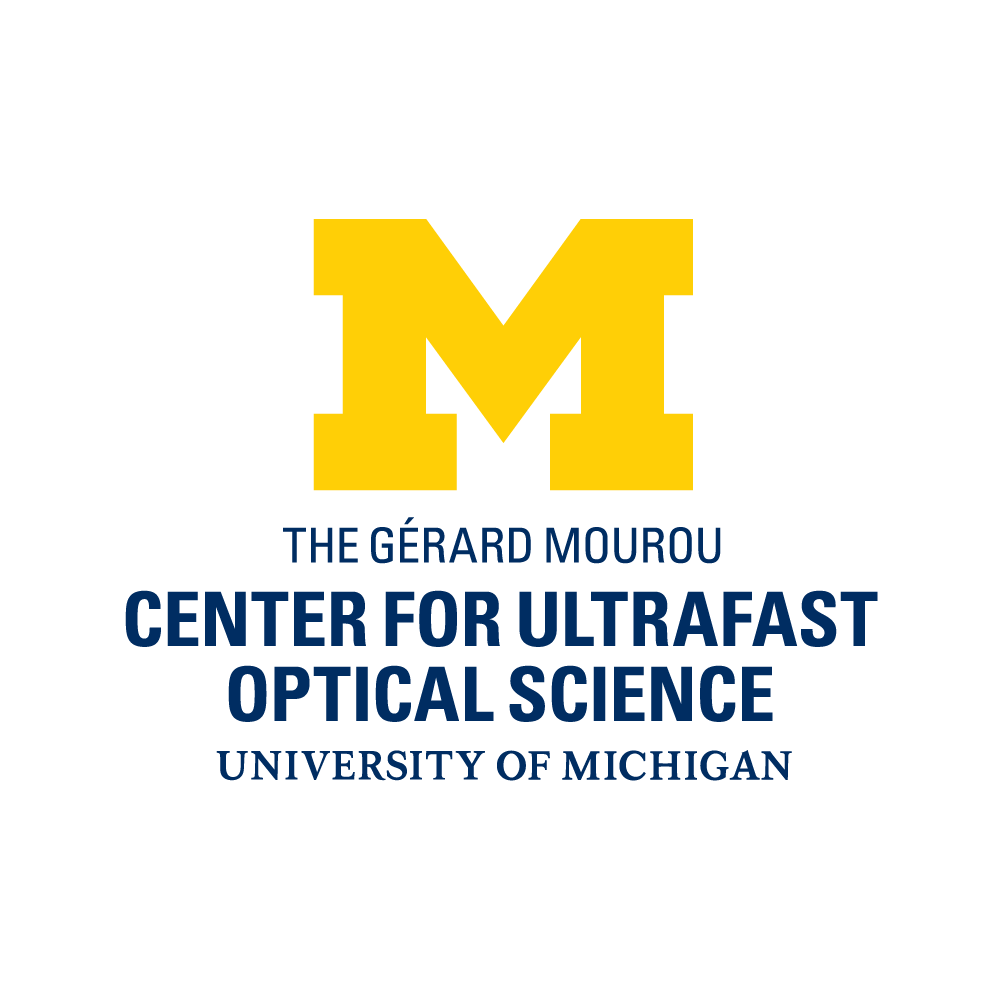
CUOS researchers develop optical instrumentation and techniques to generate, manipulate, and detect ultrashort and ultrahigh-peak-power light pulses. They use these ultrashort pulses to study ultrafast physical phenomena in atomic, nuclear, plasma, and materials physics, in solid-state electronics, in high-energy-density physics, and in biomedicine.
Ultrafast science & technology is one of the most exciting fields in science and engineering today. Ultrashort laser pulses are the shortest controlled bursts of energy ever developed. Optical pulses of a few femtoseconds (10-15 seconds) duration can be used to probe the fastest events in atomic, molecular, biochemical, and solid-state systems. When amplified to even modest energies, such short pulses can achieve the highest peak powers: the Hercules laser at CUOS holds the world record for on-target laser focused intensity, at an astonishing 2×1022 Watts per square centimeter. Ultrashort-pulse fiber lasers enable the highest average powers (100-Watt level) available from pulsed laser systems.
If you want to know more about CUOS and Ultrafast Optical Science follow the links below:


